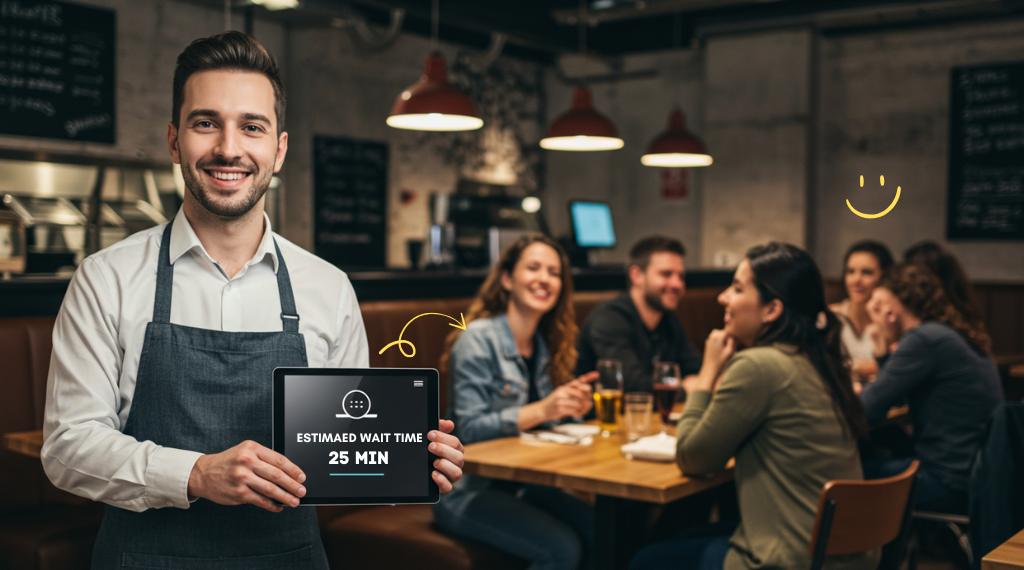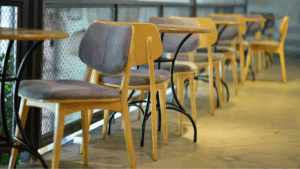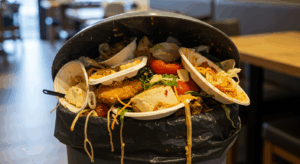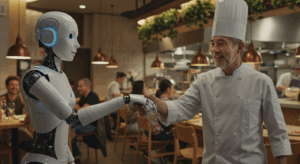The Psychology of Restaurant Wait Times
Introduction
Every restaurant owner knows: long wait times can make or break the dining experience. But here’s the twist — it’s not always the actual waiting that frustrates customers the most, it’s how they perceive that wait.
Studies show that customers consistently overestimate wait times by 20–50%, which means a 10-minute wait can feel like 15. The good news? Restaurants can use simple psychology and smart tools to turn waiting from a pain point into an opportunity.
1. Why Perception Matters More Than Actual Wait
When customers walk into your restaurant, they’re not timing you with a stopwatch — they’re judging based on feelings.
-
Idle time feels longer: When guests are doing nothing, time seems to drag.
-
Uncertainty amplifies frustration: “How long will this take?” is often more painful than the wait itself.
-
Fairness matters: If someone seated later is served earlier, perceived unfairness increases irritation.
-
First impressions count: The first five minutes set the tone for the whole meal.
Research shows that diners are twice as likely to leave a negative review about wait times as about food quality.
2. The Psychology Behind Waiting
① Occupied Time vs. Idle Time
Time feels shorter when people are engaged. That’s why offering menus, digital tablets, or even a small appetizer can be helpful.
② Uncertainty vs. Assurance
Not knowing how long the wait will be feels worse than a definite (even longer) wait. Clear communication reduces frustration.
③ Social Proof & Fairness
Seeing others being served first triggers negative emotions. Transparent systems (like digital waitlists) increase trust.
④ Anxiety & Expectations
If expectations aren’t managed upfront (“15–20 minutes wait”), every minute feels longer. Setting realistic expectations keeps guests calm.
3. The Business Impact of Wait Times
-
Lost Customers: A survey by QSR Magazine found 23% of customers abandon restaurants after a 10+ minute wait without updates.
-
Negative Reviews: Long waits are one of the top 3 reasons diners leave bad reviews.
-
Revenue Loss: Fewer seated guests = fewer orders = reduced table turnover.
But with the right strategy, restaurants can turn wait times into loyalty-building moments.
4. Strategies to Fix Perceived Wait Times
① Transparency Is Key
-
Use digital waitlist apps to show real-time updates.
-
Communicate estimated wait times at check-in.
② Keep Guests Occupied
-
Hand menus or digital tablets during waits.
-
Offer small tastings, drink samples, or bread baskets.
-
Engage customers with branded stories or displays.
③ Set Expectations Early
-
Tell guests upfront: “Your table will be ready in about 15 minutes.”
-
Always underpromise and overdeliver — if it’s ready sooner, customers feel delighted.
④ Provide Alternatives
-
Let customers pre-order drinks or snacks while waiting.
-
Offer mobile notifications so they don’t feel stuck at the entrance.
⑤ Train Staff for Empathy
-
Friendly acknowledgment reduces negative perceptions.
-
A smile, apology, or quick update makes waits feel shorter.
Guests who receive staff updates during wait times report 50% higher satisfaction, even if the wait length doesn’t change.
5. Technology That Reduces Wait Stress
Modern restaurant apps now include:
-
Digital Queues: Guests can see their place in line.
-
Pre-Order Features: Customers order while waiting, reducing food prep delays.
-
Real-Time Notifications: SMS alerts when tables are ready.
A casual dining chain in Singapore adopted an AI-driven queue system and saw customer complaints about wait times drop by 35%.
6. FAQs
Q: Can small restaurants really afford waitlist technology?
A: Yes — many tools are subscription-based and cost less than losing a single table of customers.
Q: Does speeding up service always solve the problem?
A: Not always. Customers care more about communication and fairness than shaving off a few minutes.
Q: How do I measure if my wait time strategy works?
A: Track walkout rates, online reviews, and table turnover before and after implementing changes.
Conclusion
In restaurants, waiting is inevitable — but frustration doesn’t have to be. The psychology of wait times shows us that it’s not just about how long guests wait, but how they feel while waiting.
By offering transparency, engaging guests, and using smart technology, restaurants can transform waiting into a positive experience that builds trust, loyalty, and stronger profits.
👉 After all, it’s not about serving food faster — it’s about making every minute feel worth it.
Turning Wait Time into a Better Guest Experience
Restaurant wait times aren’t just about minutes on a clock—they’re about how those minutes feel to your guests. When customers feel ignored, uncertain, or treated unfairly, even a short wait can seem unbearable. But when they’re engaged, informed, and reassured, longer waits can feel manageable—and even part of a positive dining experience.
That’s where DinePro steps in. More than just a POS, DinePro is designed to improve the entire guest journey. With digital menus, real-time waitlist tracking, smart queue management, and automatic guest notifications, your restaurant doesn’t just shorten wait times—it transforms how customers experience them.
👉 The result?
✔ Happier diners
✔ Fewer complaints
✔ Higher loyalty and repeat visits
In a competitive market, small details like how guests perceive their wait can set your restaurant apart. DinePro helps you turn waiting into winning.
📌 Ready to transform your guest experience? Book a free DinePro demo today




